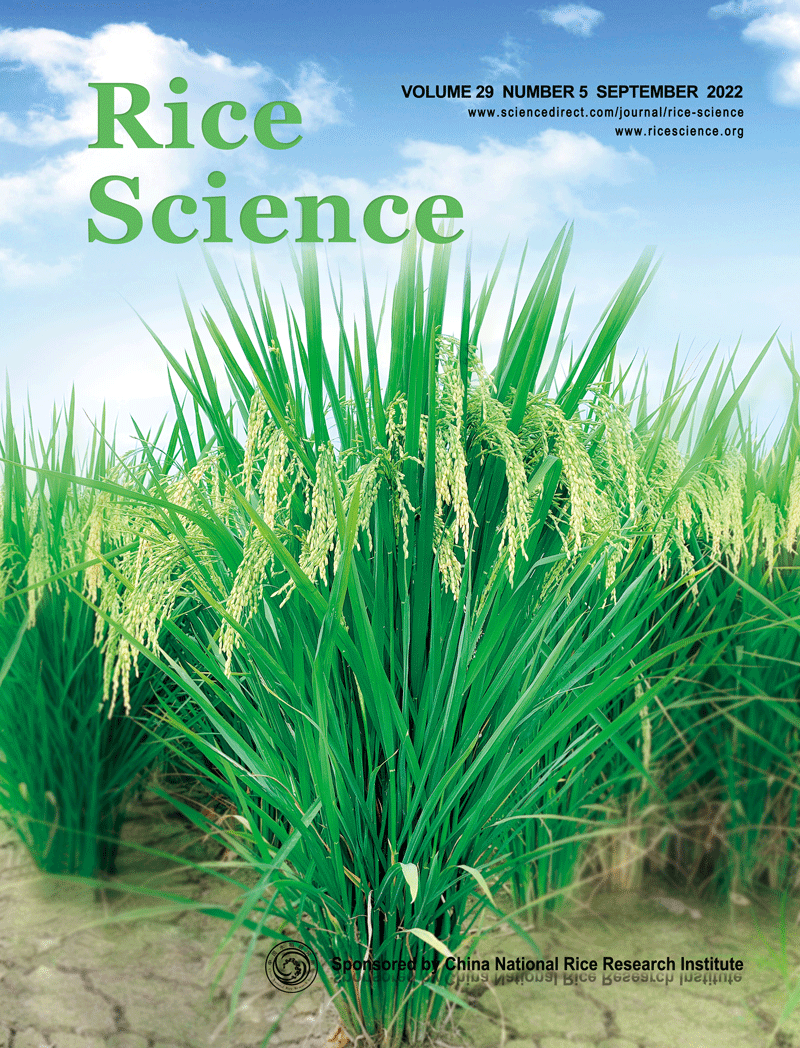In plants, a large number of anthocyanin biosynthetic genes encoding enzymes and regulatory genes encoding transcription factors are required for anthocyanin synthesis. Coleoptile purple lines are two purple lines on both sides of coleoptiles after seed germination. However, the molecular mechanism of coleoptile purple line is not clear in rice so far. In this study, two major dominant genes, coleoptile purple line 1 (OsCPL1, also known as OsC1) and coleoptile purple line 2 (OsCPL2), were isolated via map-based cloning, and both of them were required for anthocyanin biosynthesis of coleoptile purple line in rice. The knockout and complementation experiments confirmed that OsC1 was required for purple color in most organs, such as coleoptile line, sheath, auricle, stigma and apiculus, whereas OsCPL2 was just required for coleoptile purple line. OsC1 was predominantly expressed in coleoptiles, flag leaves, and green panicles, and highly expressed in young leaves, whereas OsCPL2 was predominantly expressed in coleoptiles, and extremely lowly expressed in the other tested organs. Loss-of-function of either OsC1 or OsCPL2 resulted in significant reduction of transcript levels of multiple anthocyanin biosynthesis genes in coleoptiles. Coleoptile purple line was further used as a marker trait in hybrid rice. Purity identification in hybrid rice seeds via coleoptile purple line just needed a little water, soil and a small plate and could be completed within 5 d. Molecular marker and field identification analyses indicated that coleoptile purple line was reliable for the hybrid seed purity identification. Our findings disclosed that coleoptile purple line in rice was regulated by two major dominant genes, OsC1 and OsCPL2, and can be used as a simple, rapid, accurate and economic marker trait for seed purity identification in hybrid rice.

